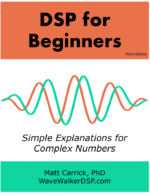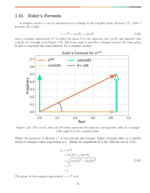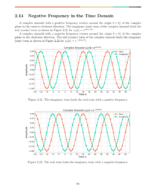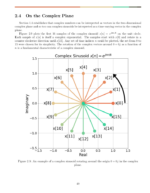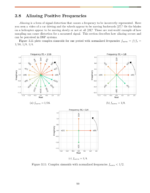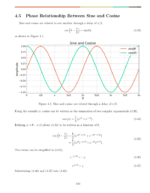Table of Contents
Introduction
Barker codes are a special type of sequence which have excellent auto-correlation properties. This blog describes Barker codes, gives a mathematically example of the auto-correlation, and lists all of the auto-correlation magnitudes in figures.
Check out these blogs:
Barker Codes
A Barker Code is a sequence of length M whose maximum auto-correlation magnitude at time-lag ![]() is M, and otherwise the auto-correlation magnitude is less than or equal to 1, such that
is M, and otherwise the auto-correlation magnitude is less than or equal to 1, such that
(1) ![]()
for ![]() and
and
(2) ![]()
for ![]() .
.
There are a limited set of Barker codes:
Length 2: [1, -1], [1, 1]
Length 3: [1, 1, -1]
Length 4: [1, 1, -1, 1], [1, 1, 1, -1]
Length 5: [1, 1, 1, -1, 1]
Length 7: [1, 1, 1, -1, -1, 1, -1]
Length 11: [1, 1, 1, -1, -1, -1, -1, 1, -1, -1, 1, -1]
Length 13: [1, 1, 1, 1, 1, -1, -1, 1, 1, -1, 1, -1, 1]
Autocorrelation Mathematically
To demonstrate the auto-correlation properties of a barker code, let us work out an example using the length M=3 code which is 1, 1, -1. For background on autocorrelation, please review the blog: Cross Correlation Explained With Real Signals.
For time delay ![]() the two signals will overlap perfectly and the auto-correlation is therefore computed by the element-by-element multiply, summing the result and taking the magnitude:
the two signals will overlap perfectly and the auto-correlation is therefore computed by the element-by-element multiply, summing the result and taking the magnitude:
(3) ![]()
which is equal to the length M=3.
For time delay ![]() , one signal is delayed by 1 sample and the two sequences are multiplied and summed such that
, one signal is delayed by 1 sample and the two sequences are multiplied and summed such that
(4) ![]()
For time delay ![]() ,
,
(5) ![Rendered by QuickLaTeX.com \begin{equation*}\begin{split}|R_{x}[-2]| & = |(1 \cdot 0) + (1 \cdot 0) + (-1 \cdot 1)| \\ & = |-1| \\& = 1.\end{split}\end{equation*}](https://www.wavewalkerdsp.com/wp-content/ql-cache/quicklatex.com-a7b35322bd5fbaf30d9fb5a0b890ddba_l3.png)
For time delay ![]() ,
,
(6) ![]()
For time delay ![]() ,
,
(7) ![Rendered by QuickLaTeX.com \begin{equation*}\begin{split}|R_{x}[2]| & = |(1 \cdot -1) + (1 \cdot 0) + (-1 \cdot 0)| \\& = |-1| \\& = 1.\end{split}\end{equation*}](https://www.wavewalkerdsp.com/wp-content/ql-cache/quicklatex.com-7adc8af8426daf123689ec80260b7313_l3.png)
The auto-correlation magnitude ![]() is therefore the sequence 1, 0, 3, 0, 1, which can be seen graphically in the following section.
is therefore the sequence 1, 0, 3, 0, 1, which can be seen graphically in the following section.
Autocorrelation Plots
The following figures display the auto-correlation magnitudes for all of the Barker codes.
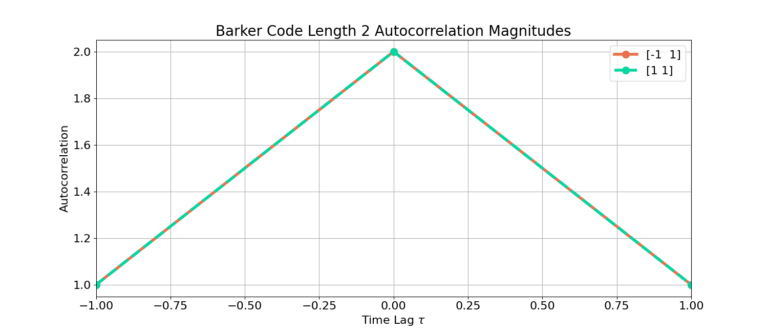
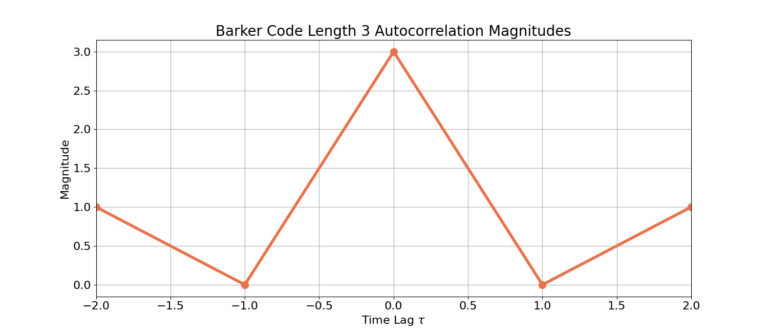
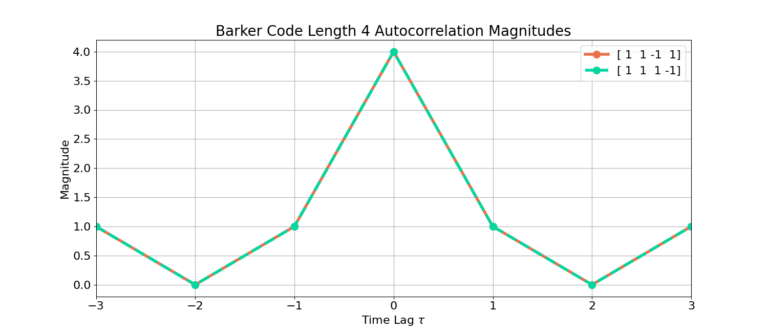
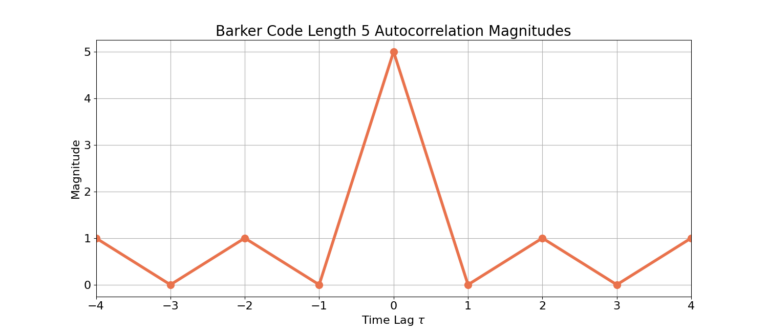
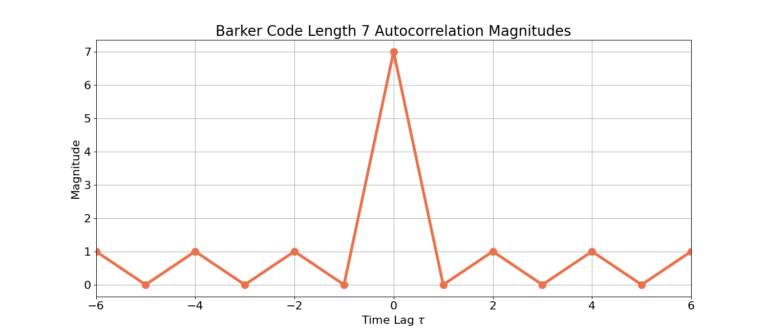
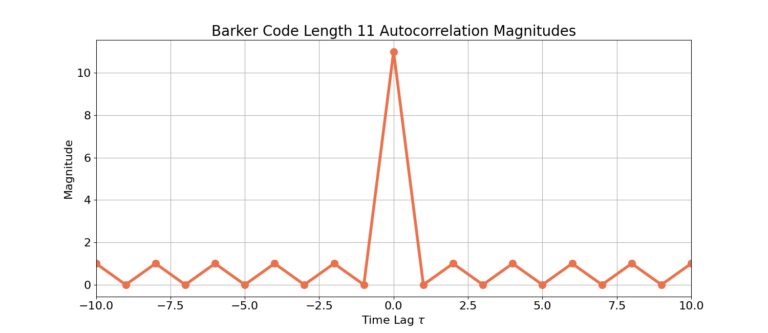
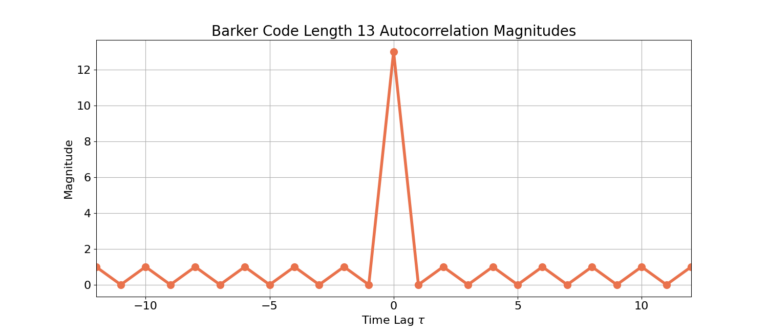
Conclusion
This blog lists the Barker codes, describes and demonstrates their auto-correlation properties mathematically, and displays the auto-correlation magnitudes for all sequences graphically.
Check out these blogs:

![Figure 3: The complex sinusoid e(j2 pi (2/4) n) only contains energy at X[2].](https://www.wavewalkerdsp.com/wp-content/uploads/wordpress-popular-posts/8136-featured-125x100.png)

